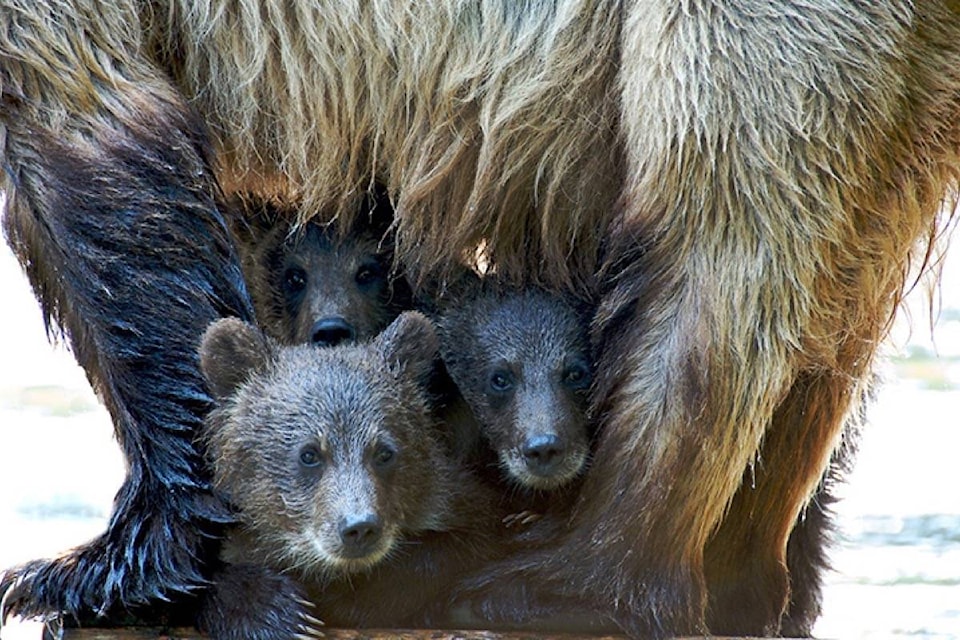Although the B.C. Conservation Officer Service hasnтАЩt finalized its 2017 statistics, local conservation officers say the number of bears put down in the region has nearly тАЬdoubled or tripledтАЭ this year.
тАЬWe deal with 30 to 40 bears a year roughly, and this year it has doubled or tripled depending on what our final stats say,тАЭ conservation officer Glen Small told Lakes District ╤╟╓▐╠ь╠├. тАЬItтАЩs an ongoing issue.тАЭ
Small was referring to the area known as Bulkley-Stikine, which includes ╤╟╓▐╠ь╠├ Lake, Houston and Smithers, all the way up to Dease Lake.
According to Small, about 90 per cent of these incidents were preventable.
тАЬItтАЩs people leaving their garbage out, not picking their fruit off their treesтАж the bears are very habituated,тАЭ he explained.
╤╟╓▐╠ь╠├ Lake conservation officers have been busy with bear complaints since the start of the season. Earlier this year, conservation officer Jeff Palm said May 2017 was a record-setting month for bear problems in the ╤╟╓▐╠ь╠├ Lake area.
Both Palm and Small believe a bumper berry crop in 2016 might have played a role in this yearтАЩs increase.
тАЬIt would appear that the mild winter and a bumper berry crop in 2016 contributed to such a healthy bear population,тАЭ said Palm.
And ╤╟╓▐╠ь╠├ Lake is not alone. nearly doubled between April and August compared to last year.
By the start of October, conservation officers across B.C. had reported more than 20,000 conflicts between humans and wildlife - 14,000 of which involved confrontation with black bears. Approximately one bear in every 30 complaints, or .
Conservation officers remind the public to only put their garbage out in the morning, as opposed to leaving it outside all night. The public can also help by removing fruits from trees and ensuring their homes have no bear attractants - compost, bird seed, plastic containers, oil/fat, pet food/dishes and beverage containers.
Bear problems can be reported to the 24-hour RAPP line at 1-877-952-7277.
- With files from The Canadian Press
newsroom@ldnews.net
Like us on and follow us on .



